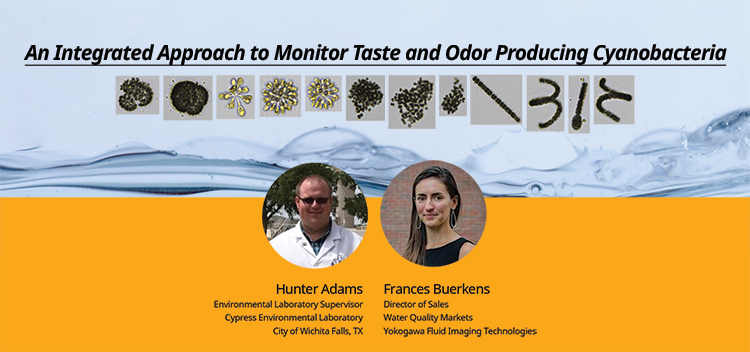"Most drinking water utilities enter high-alert mode upon testing positive for microcystin. Staff at the city of Wichita Falls, Texas, Water Purification Laboratory responded calmly when they received that dreaded phone call in July 2018 because of their progressive approach to monitoring cyanobacteria. Climate conditions are conducive to harmful algae blooms (HABs) and increasing frequency and intensity of taste-and-odor events. As a result, US Environmental Protection Agency (USEPA) regulations are moving toward requiring cyanobacteria monitoring. Proactive drinking water utilities seek a streamlined approach to monitoring cyanobacteria and nuisance algae." Adams et al. "Use an Integrated Approach to Monitor Algal Blooms" Opflow Dec 2018
We recently presented a webinar in conjunction with Hunter Adams of Wichita Falls, hosted by the AWWA (American Water Works Association), that provides a detailed look at this Texas municipality's monitoring strategy. We welcome you to view the webinar below.
This webinar aims to break down the process of monitoring cyanobacteria and nuisance algae into basic steps from field to lab. We discuss what monitoring strategies have been effective for the City of Wichita Falls, and how the lab interprets the data to determine when and how much to treat. The goal of this webinar is to demonstrate how to prevent cyanobacteria and algae blooms since treatment is difficult, expensive, and in some cases, ineffective.











